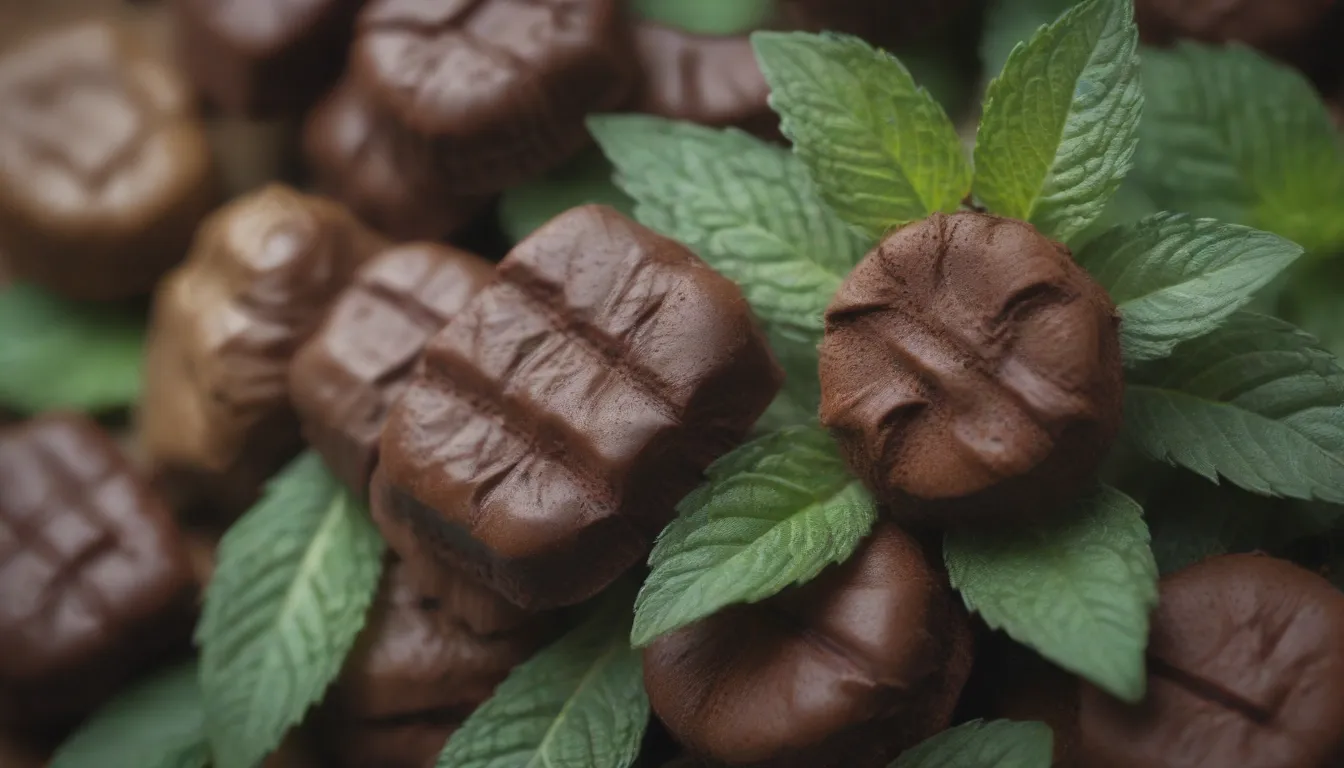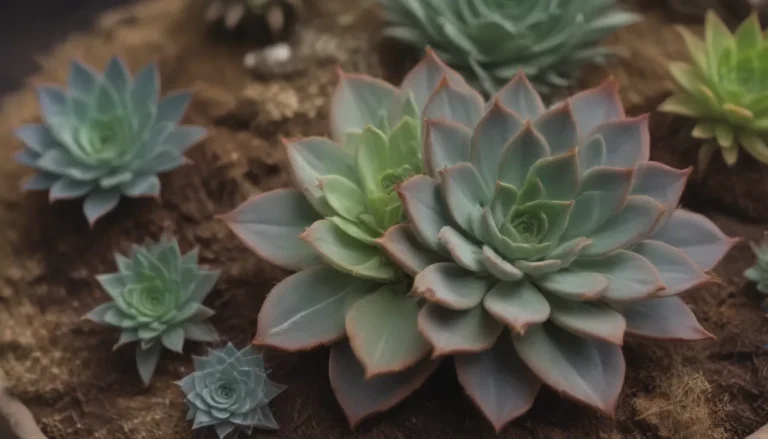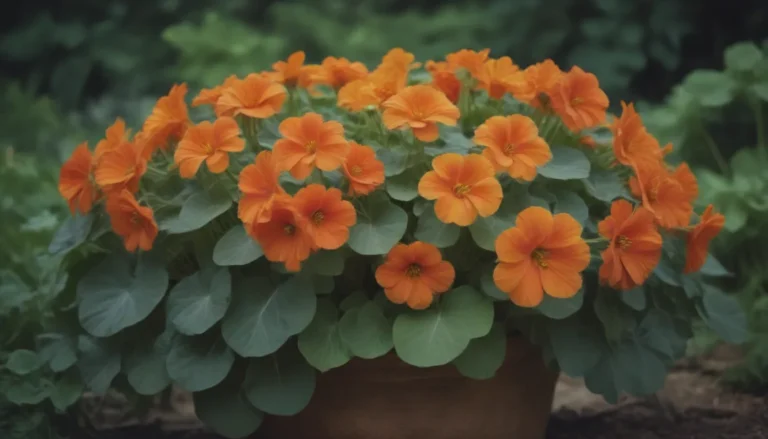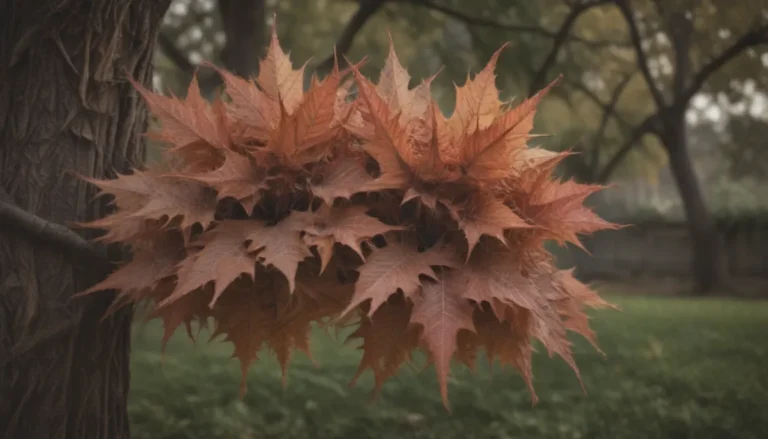A Comprehensive Guide to Growing and Caring for Chocolate Mint

If you’re a fan of mint and looking to add a unique touch to your herb garden, chocolate mint is a fantastic choice. This delightful hybrid plant not only smells like chocolate but also offers a hint of citrus in its flavor. In this comprehensive guide, we will explore everything you need to know to successfully grow and care for chocolate mint. From planting and light requirements to pruning and common issues, we’ve got you covered. So, let’s dive in and discover the secrets to cultivating this delightful herb.
Introduction to Chocolate Mint
Chocolate mint is a hybrid plant created by crossing orange mint with peppermint. This sterile hybrid boasts a chocolate aroma and a citrusy taste, making it a versatile addition to any garden. With its attractive dark green leaves and lavender-colored flowers, chocolate mint can easily spread and thrive as a ground cover. Whether you’re a seasoned gardener or a beginner, growing chocolate mint can be a rewarding experience.
Chocolate Mint Care
Just like any plant, chocolate mint thrives when provided with the right care and conditions. Here are some essential tips to ensure your chocolate mint plant flourishes:
Planting
- Plant chocolate mint from nursery starts or stem cuttings in rich, moist soil.
- Choose a slightly acidic or neutral soil for optimal growth.
- Ensure proper spacing of about 2 feet apart after the last frost in spring.
- Consider growing chocolate mint in containers or with barriers to control its spread.
Light
- Chocolate mint plants prefer partial shade but can tolerate full sun with adequate moisture.
- Provide a sunny spot with some shade for best results.
Soil
- Rich, moist soil is ideal for growing chocolate mint.
- Add organic matter yearly to enhance drainage and nutrient retention.
Water
- Water chocolate mint regularly, aiming for 1 to 2 inches per week.
- Avoid waterlogging the soil and ensure proper drainage, especially in containers.
Temperature and Humidity
- Chocolate mint is adaptable to various climate conditions within its hardiness range.
- Provide sufficient humidity, especially when growing indoors.
Fertilizer
- Apply a balanced fertilizer in spring to support the plant’s growth.
- Avoid over-fertilizing, as chocolate mint is a vigorous plant that requires little maintenance.
Pruning and Propagation
Pruning
- Trim chocolate mint leaves when they reach 4 to 5 inches tall to maintain plant size.
- Regularly shear the plant to prevent overgrowth and encourage new leaf growth.
- Prune or harvest the plant throughout the growing season to keep it healthy and vibrant.
Propagation
- Take stem cuttings to propagate chocolate mint, as the plant does not produce seeds.
- Pruning and harvesting will promote bushier growth and new foliage.
Potting and Overwintering
- Grow chocolate mint in containers to control its spread and enjoy its aromatic qualities.
- Overwinter potted plants in hardiness zones 3 to 5 by providing insulation and minimal watering.
Common Pests and Plant Diseases
While chocolate mint is generally low-maintenance, it can be susceptible to certain pests and diseases. Here are some tips to prevent and manage common issues:
- Rust: Treat with organic fungicide and ensure proper airflow to prevent fungal diseases.
- Pests: Keep an eye out for whitefly, spider mites, and aphids, and treat with citrus oil if needed.
- Deer Resistance: Chocolate mint is typically deer resistant, making it a reliable choice for gardens.
Ensuring Blooming Success
Mint plants, including chocolate mint, bloom in late spring or early summer, attracting bees and pollinators to the garden. Here are some tips to encourage blooming and maintain robust plant growth:
- Prune buds before flowering to enhance leaf flavor.
- Provide balanced fertilizer during the growing season to promote flowering.
- Repot plants in larger containers if rootbound to stimulate growth and flowering.
Troubleshooting Common Problems
Chocolate mint, like other mint varieties, can face challenges that affect its growth and vitality. Here are some common issues and solutions:
- Wilting and Browning Leaves: Repot in a larger container, prune, and water adequately.
- Yellowing Leaves: Ensure proper drainage to prevent waterlogged soil and root rot.
- Leggy Stem Growth: Provide adequate sunlight, avoid over-fertilization, and prune regularly for bushier growth.
Conclusion
In conclusion, growing and caring for chocolate mint can be a fulfilling experience for any herb enthusiast. By following these tips and guidelines, you can cultivate a thriving chocolate mint plant that adds a delightful aroma and flavor to your garden. Whether you’re a seasoned gardener or a beginner, chocolate mint is a versatile and rewarding addition to any herb collection. So, roll up your sleeves, grab your gardening tools, and get ready to enjoy the sweet and citrusy delights of chocolate mint in your backyard oasis. Happy gardening!





